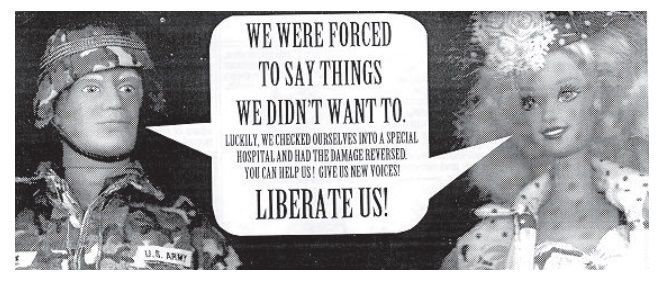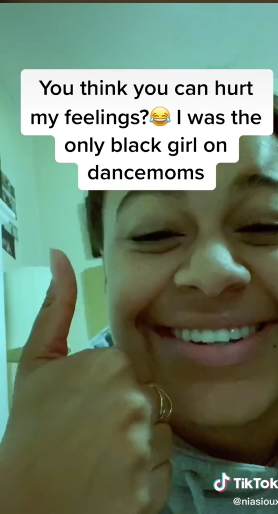When I was about seven years old, I remember walking into our local Round Table pizza parlor with my soccer teammates and rushing to the arcade area to see all the toys I could buy with my saved up quarters. While my parents would start to order pizza, my teammates and I would stare into the big gumball like machines containing the Homies figurines trying to calculate the speed of our spin to ensure we got a different character each time. However, as I began to walk back to our table with my two new Homies characters; Eight Ball (known for his distinctive low-slung beanie and big smile) and Droopy (a constantly stoned background character), my mother took them out of my hands tossing them aside calling them trash. I was young at the time and wanted to play with Homies as a child, but was easily persuaded by my mother who would tell me not to play with those stupid “ghetto” toys and proceeded to buy me more expensive toys to keep my mind off them.
Homies are a series of two inch figurine characters representative of a whole range of people you would see at “El Barrio” or primarily Chicano urban centers created by Richmond, CA artist David Gonzales in 1998. His art has become immensely popular with children and adults of all ethnicities, especially Hispanic youth, and he now has created over two hundred characters which circulate in comics, clothing, video games, and of course the little miniatures found in quarter machines throughout stores. David Gonzales uses his art on these toys to demonstrate many inner-cities across America struggle with violence, poverty, and lack of adequate education systems; however, the Homies have a strong bond through their culture which enables them to overcome this negativity (Gonzales 1999). Characters such as “El Profe”, who has a graduate degree but stays in El Barrio to teach at the local high school, “Shady” who is a mother who has to work as a stripper to support her child, or “Willie G”, an ex-gangster who tries to turn children away from gang violence and his paralyzed himself because of gang activity. These characters all tell a story from Gonzales’ childhood, all based off real people he interacted with and he wants to showcase the real lives of inner-city individuals to relate with Hispanic children and adults; or any individuals from these communities.
However, with his success of selling millions of figurines in quarter machines throughout stores during the first year of production, came swift backlash from the media, concerned parents of all ethnicities, and most notably the Los Angeles Police Department (LAPD). The main arguments stemming for these sources were that Homies figurines, which were painted to showcase inner-city type clothes, were a negative influence on young people that encouraged the glorification of gang membership. In a high publicized announcement in 1999, the LAPD called for the banning of Homies from all stores in Los Angeles. Officers argued Homies were “unmistakable signs of gang life” such as a tear drop tattoo on one figurine which represents a fallen gang member, or baggy pants with a button down flannel only buttoned at the top, which according to officers is “typical gang attire” (Washington Post, 2002). LAPD detective P.J Moris was quoted saying, “I saw the ramifications and the impact these toys had on small children. I was fighting against gang crime in the area, and [Homies] were counter-productive because of their underlying gang influences” (Washington Post, 2002). One LA district attorney said that the figurines and their style of dress could even be used as a means of identifying gang members in court: “We’re thinking of putting them up in court and saying, ‘If you’re dressed like these guys, you’re violating probation’ (Washington Post, 2002). Gonzales’ artwork on Homies has also been under fire from Latino activists and parents who say these toys are offensive and perpetuate negative stereotypes of Hispanics. Clearly this artwork is bordering on the shadow space between art and crime, as multiple state law enforcement agencies and cultural organizations are threatening the art of Gonzales and are trying to use them as props even in parole violation hearings.
National headlines began being published with quotes from law enforcement and concerned parents on the front pages describing the glorification of gang violence from Homies. Fearing that Homies had a notorious image, giant supermarkets such as Walmart and Safeway began pulling the gumball like toy dispensers from their stores in late nineties. This forced artist David Gonzales to respond by saying that Homies are not glorifying gang violence or promoting negative stereotypes of Latinos. He wanted to give kids in the inner-cities a toy they could relate to and use the positive qualities from these character to improve their own lives. Many of the law enforcement officials and concerned parents were too focused on the outer appearances of this artwork and did not take the time to read each Homies biography, which Gonzales carefully crafts to portray positive life messages. For example, some of the Homies bios include: characters who struggle in school but keep attending classes to work hard, some try to keep others from making the same mistakes they did, or promote family ties. Every Homie has a positive biography that is included with the figurine, even though they have “tough” exteriors. Jeff Burns, the marketing manager of Rollin’ Low, a Tucson company which is one of the biggest distributors of Homies stated, “There has been a big uproar over whether they were a positive influence for the Hispanic community. It’s a positive thing, we feel. All of a sudden there’s a product or a toy that a Latino child can relate to.” (Washington Post, 2002).
Stores around the country began restocking Homies, and Gonzales continued to roll out new characters to the delight of many adults and children. Over the years, the negative press on Homies died down as well as their popularity, but their cultural impacts are still tremendously great as millions have been sold worldwide. It is crucial to understand the background of these figurines as many rushed to conclusions from seeing the outer characteristics of Homies and immediately tried to ban them or use them against criminal offenders in court. This demonstrates how Gonzales’ art straddled the line between art and crime because of the misunderstands the general public and the state had from the outer look of these “gang artworks”.
This artwork should be celebrated for the positive messages to inner-city youth, instead of being attacked by state institutions who stereotyped the outer dress of these Homies, instead of taking the time to get to know them; which is sadly a similar representation in the real life relationships between law enforcement officers and citizens from places like “El Barrio”.
#homies #stereotypes #gangster #toys #children






